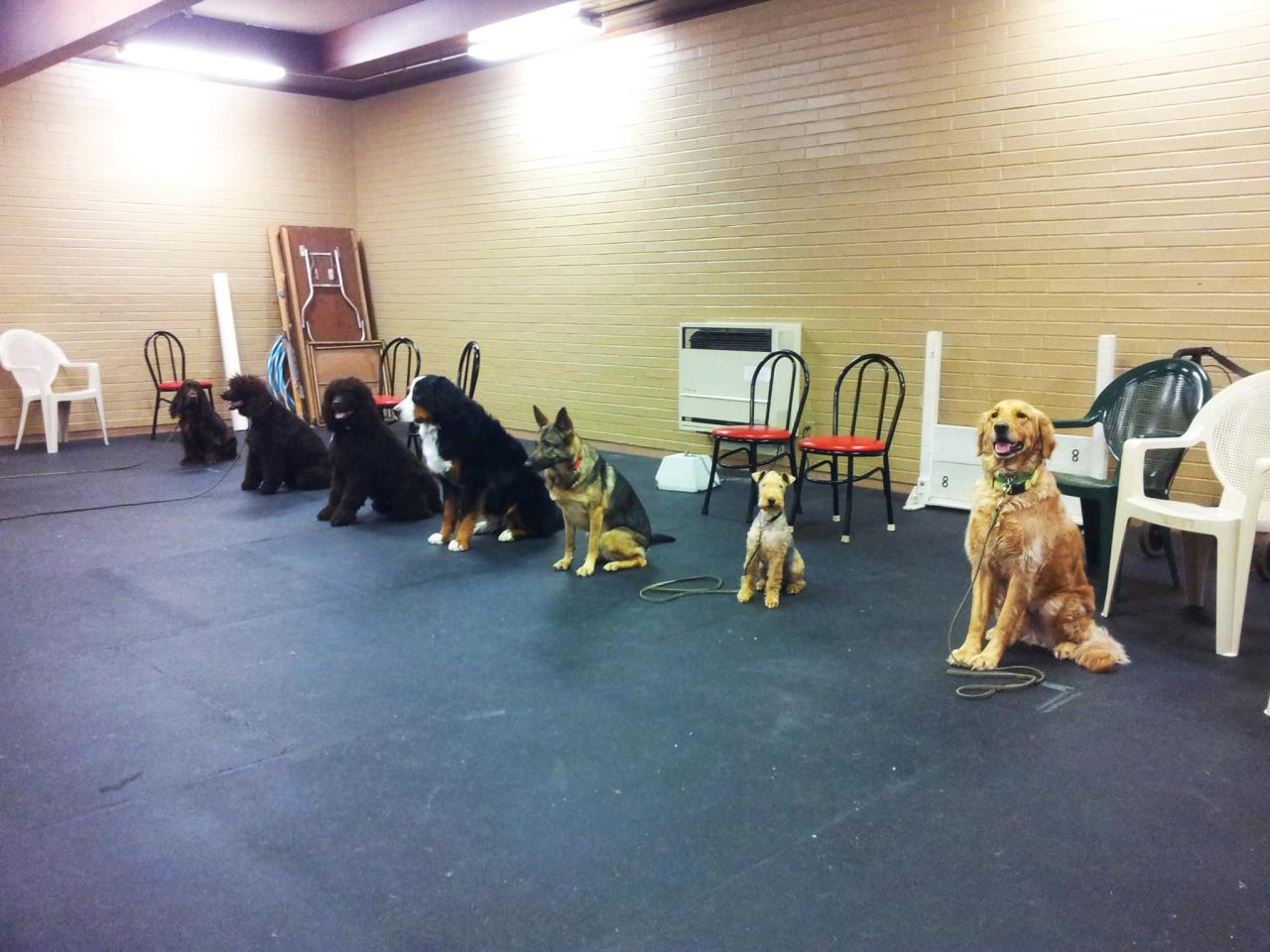A harmonious home with pets requires skill, patience, and detective work to solve behavior problems.
The Mindset of Behavior Correction

You must first change your perspective from punishing a “bad” pet to teaching an animal a better choice.
A. The Positive Reinforcement Rule
- A. The only truly effective and humane training approach is positive reinforcement; this method strengthens desired actions.
- B. Rewarding good choices with treats, praise, or play makes the pet want to repeat those behaviors.
- C. Punishing a pet is ineffective and often increases fear, anxiety, and aggression, damaging your bond.
- D. Consistency across all handlers and environments is the absolute secret to success.
- E. The reward must be delivered immediately, within two to three seconds, so the pet understands exactly what they earned the praise for.
B. Understanding Motivation and Emotion
- A. Nearly all unwanted behaviors stem from underlying emotion, not willful disobedience.
- B. Behaviors like aggression, excessive barking, or destruction are often rooted in fear, anxiety, boredom, or territoriality.
- C. You must address the emotional cause of the behavior, not just the visible symptom.
- D. For example, a dog that barks at the window is often trying to make a perceived threat go away, not just being noisy.
- E. Removing the trigger or changing the pet’s emotional response is the goal of behavior modification.
C. The Importance of Environment
- A. Many problems can be solved simply by managing the environment to prevent the behavior from occurring.
- B. If your dog chews the couch, temporarily block access or crate them when unsupervised.
- C. If your cat scratches the carpet, place deterrents over the spot until they establish a new habit.
- D. Prevention through management buys time to teach the correct, replacement behavior.
- E. Ensure your pet’s needs for exercise, mental stimulation, and safety are fully met, reducing boredom-driven destruction.
Canine Conundrums—Solving Dog Problems
Dogs present a variety of challenges, but most common issues can be traced back to over-excitement, fear, or lack of clear communication.
A. Excessive Barking
- A. First, determine why your dog is barking, as the reason dictates the solution (e.g., alert, boredom, attention-seeking).
- B. For Attention-Seeking Barking, strictly ignore the barking and only give attention when the dog is quiet for a few seconds.
- C. For Alert Barking (at windows or doors), use counter-conditioning to change the dog’s emotional response.
- D. Ask the dog to perform a different, calming behavior, like going to a mat (“Go to Bed”), the moment the trigger appears.
- E. Reward the dog heavily for staying quiet and focused on the mat while the trigger (e.g., doorbell sound) is present.
- F. Desensitize the dog by exposing them to the trigger (a person walking past) at a great distance where they don’t bark, rewarding calmness, and slowly decreasing the distance.
B. Destructive Chewing and Digging
- A. Chewing and digging are natural, instinctual behaviors that must be redirected, not eliminated.
- B. Ensure you provide plenty of appropriate, stimulating chew items, like frozen Kongs or safe dental chews.
- C. Reward your dog only when they are actively chewing their toys, making their toys the high-value item.
- D. Apply aversion products, like bitter apple spray, to objects you want them to leave alone (furniture, shoes).
- E. For digging, create a designated “dig zone” in the yard (a sandbox or dirt patch) and reward them lavishly for digging only in that spot.
- F. Boredom is often the root cause of destructive acts, so increase their physical exercise and daily mental puzzle time.
C. Jumping Up
- A. Dogs usually jump to solicit attention, and even pushing them off is perceived as a reward.
- B. The most effective method is to completely ignore the jumping behavior by turning your back, folding your arms, and avoiding eye contact.
- C. As soon as all four paws are on the floor, immediately give them a calm, quiet greeting and a treat.
- D. Teach and reward an alternative greeting behavior, like “Sit,” rewarding them before they even have a chance to jump up.
- E. Be patient and consistent, ensuring visitors also follow the “no attention for jumping” rule.
D. Resource Guarding (Possessiveness)
- A. Resource guarding is a defensive behavior where a dog protects a valuable item (food, toy, resting spot) out of fear of losing it.
- B. Safety is paramount: Never try to physically take the guarded item away, as this escalates the conflict and risk of biting.
- C. The goal is to teach the dog that a human approaching their resource results in something better appearing, using a technique called “Trade-Up.”
- D. While your dog is eating or chewing, approach and toss an even higher-value treat (like a piece of chicken) near them, then retreat.
- E. Over time, the dog associates human presence near their bowl or chew with gaining something, not losing it, thereby reducing their need to guard.
- F. For severe guarding, feed pets separately and remove all high-value items until a professional behaviorist can guide you through a modification protocol.
Feline Frustrations—Cat Behavior Solutions

Cats’ unwanted behaviors are usually territorial, driven by instinct, or a result of not having appropriate outlets for their natural needs.
A. Inappropriate Scratching
- A. Scratching is an essential feline behavior for claw maintenance, stretching, and leaving scent marks (territoriality); it cannot be stopped.
- B. The solution is providing highly desirable alternatives and making the unwanted area repellent.
- C. Provide scratching posts that mimic the cat’s preferred material (sisal, carpet, or cardboard) and orientation (vertical post for wall scratching, horizontal for floor scratching).
- D. Place the post directly next to the item they are currently scratching (e.g., next to the couch) and reward them when they use it.
- E. Make the unwanted area undesirable by applying double-sided sticky tape (Sticky Paws) or aluminum foil, which cats detest the feel of.
- F. Keep the cat’s nails trimmed regularly or use temporary vinyl nail caps (Soft Paws) to prevent damage.
B. Counter Surfing
- A. Cats jump on counters or tables because they are high vantage points, satisfying their natural desire to observe their territory, or because they smell food.
- B. Environmental management is key: Remove all food, crumbs, and appealing items from the counter when you are not actively using it.
- C. Provide an equally high and desirable alternative perch nearby, such as a window seat or a cat tree, and reward them for using it.
- D. Use impersonal deterrents on the counter, such as motion-activated compressed air cans (Ssscat) or loud but harmless booby traps (like stacked soda cans) that fall when touched.
- E. Since the deterrent is not administered by you, the cat associates the unpleasant sensation with the counter, not with the human.
C. Biting and Play Aggression
- A. Cat bites are often a result of overstimulation during petting, redirected aggression, or inappropriate play habits developed as a kitten.
- B. Never use your hands or feet as toys, as this teaches the cat that human skin is an acceptable play target.
- C. If your cat starts to bite during petting, immediately stop the interaction and calmly withdraw your attention (this is their punishment).
- D. Redirect aggressive energy by using interactive wand toys that allow the cat to chase, stalk, and bite the toy, satisfying their hunting instinct at a safe distance from your hands.
- E. Learn your cat’s “petting threshold” and stop petting before they show signs of agitation (tail twitching, skin rippling, flattened ears).
Addressing Aggression and Seeking Help
Aggression is a serious behavior rooted in fear or territoriality that requires professional intervention for safety and effective resolution.
A. Handling Aggressive Behavior
- A. Muzzle Training: For reactive or aggressive dogs, safely muzzle training with a comfortable basket muzzle is a non-negotiable safety tool for vet visits or public outings.
- B. Identify Triggers: Determine the exact stimuli (strangers, other dogs, noise) that cause the aggression and avoid them entirely until training begins.
- C. Never Punish: Punishment will suppress the warning signs (growling, growling is communication!), making the pet resort to biting without warning.
- D. Desensitization: Work at a distance from the trigger where the pet remains calm, rewarding non-reactive behavior, slowly moving closer over many weeks or months.
B. When to Call a Professional
- A. If the behavior is aggressive, causes injury, involves constant anxiety, or does not improve after consistent, positive management for two weeks, seek help.
- B. Consult a Certified Professional Dog Trainer (CPDT-KA) for common obedience and non-aggressive behavioral issues.
- C. For complex issues, fear, separation anxiety, or true aggression, consult a Veterinary Behaviorist (DACVB) or a certified applied animal behaviorist (CAAB).
- D. These professionals can rule out medical causes and design a custom, science-backed behavior modification protocol, often including medication to reduce the pet’s anxiety threshold.
Conclusion
Successfully managing pet behavior problems transforms a chaotic household into a confident, peaceful sanctuary.
It demands a foundational shift in mindset, moving away from punishment and embracing the consistent, compassionate methods of positive reinforcement.
The key to resolving issues like barking or destruction lies in accurately diagnosing the underlying emotional cause, such as fear or chronic boredom.
Effective solutions rely on a dual approach of environmental management, which prevents the unwanted behavior, and systematic training, which teaches an acceptable replacement.
For dogs, this means carefully counter-conditioning triggers, redirecting instinctual chewing onto appropriate toys, and using the “ignore and reward” method for attention-seeking behaviors like jumping.
For cats, it means providing highly desirable scratching alternatives and using harmless impersonal deterrents to discourage counter-surfing.
Resource guarding, a serious issue, must be managed safely through “Trade-Up” exercises and the strict separation of pets during mealtimes to prevent conflict.
Aggression, being rooted in deep fear, necessitates the use of safety tools like muzzles and professional guidance to correctly implement desensitization techniques.
Ultimately, consistency, patience, and the willingness to seek professional help for serious issues are the critical investments for ensuring your beloved companion’s lifelong happiness and good conduct.







